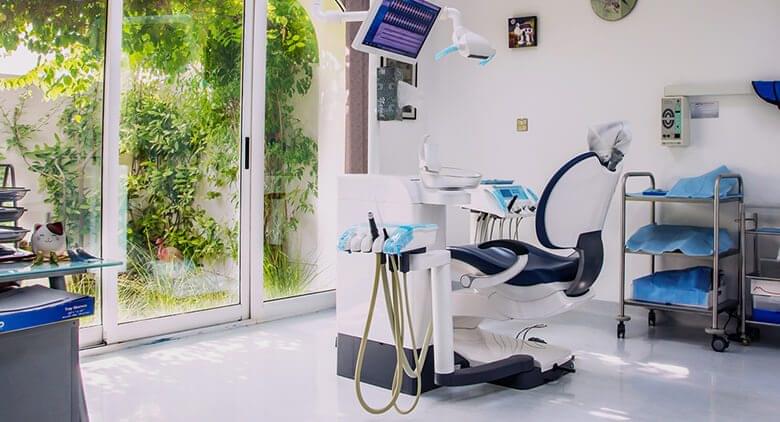Conscious sedation in dentistry is a technique that facilitates patient relaxation and allows treatments to be carried out more comfortably and effectively. It is indicated for people with fear of the dentist or who feel a high level of stress when they have to visit a dental practice.
In this type of sedation, as the name suggests, the patient remains conscious for the duration of the treatment. Thanks to this technique, your sensation in the dental chair will be of well-being and tranquility.
What are the advantages of conscious sedation in dentistry?
Fear of the dentist is one of the main barriers when going to a dental center. This phobia adversely affects oral health because, out of fear, the patient does not go to check with his dentist and oral pathologies may appear or worsen.
For people suffering from odontophobia, a simple cleaning or dental check up involves a high level of stress and anxiety, so they tend to postpone it too long.
This postponement of visits to the dentist is one of the main causes of the appearance of diseases such as caries or periodontitis.
The conscious sedation in dentistry allows to achieve a state of relaxation and tranquility for the patient, but also has other advantages:
- Decrease in patient anxiety.
- Greater security in the query.
- More easy to perform treatments in a single session.
- Better recovery and postoperative.
Can all dental clinics offer conscious sedation?
This technique requires technical and human resources that are not available to all dental clinics. However, in our dental clinic in Dubai you can find the necessary equipment to perform conscious sedation in your office.
In addition to the appropriate machinery, the clinic must have a prepared surgery room with an environment that encourages relaxation and well-being.
It is necessary that the application of conscious sedation in dentistry be supervised at all times by an anesthesiologist or a dentist trained in this aspect. This person is responsible for controlling the patient’s vital signs and determining the type and amount of anesthesia that is administered to the patient.
In addition to these elements, before undergoing a treatment with conscious sedation in dentistry, some steps must be taken prior to the procedure. First of all, the dentist must know the general state of health of the patient. In addition, a coagulation test and an electrocardiogram should be performed to use the sedation technique most suited to the user’s characteristics.
What are the types of sedation in Dentistry?
Indeed, in addition to conscious sedation, there are other ways to achieve the well-being and relaxation of the patient in the dental practice. We briefly discuss some of the most used:
- Intravenous sedation: tranquilizers are administered intravenously that relax the central nervous system and, therefore, the patient.
- Deep sedation: with this technique the user is taken to a controlled state of depression of consciousness. It is less safe than conscious sedation, since it affects vital reflexes.
- Minimum sedation: used for less invasive treatments. The patient responds in a normal way to the stimuli and is conscious at all times.
- Combined sedation: sedative drugs are administered through the enteral and inhalation routes.
What symptoms are associated with conscious sedation in dentistry?
The use of this technique in dental offices is increasingly widespread. However, it continues to generate many doubts regarding its symptoms. After performing a treatment in which conscious sedation has been administered, the patient will need a few hours to recover and return completely to a normal state.
The most common symptoms include decreased reflexes and numbness. The patient must come to the consultation accompanied by an adult, who can help him for about four or six hours after treatment, when the effect of sedation will have completely disappeared.
What drugs are used in conscious sedation in dentistry?
To achieve a state of relaxation and total well-being in the patient, you can use a single medication or a combination of these. Different drugs are used depending on the duration of the treatment, the patient’s characteristics and their level of stress.
In the case of conscious sedation in dentistry, Triazolam is usually used, a benzodiazepine whose effect begins to occur 15 minutes after the application and its peak of effectiveness appears after 60 minutes.
This drug produces the so-called anterograde amnesia, by which the patient does not remember what happens before the intervention.
Other medications used for this technique in the dental office are Lorazepam, Diazepam or Midazolam, as well as Propofol, the anesthetic currently used for intravenous administration.
